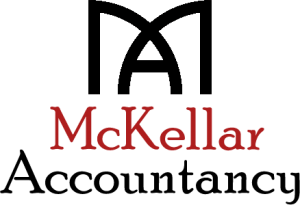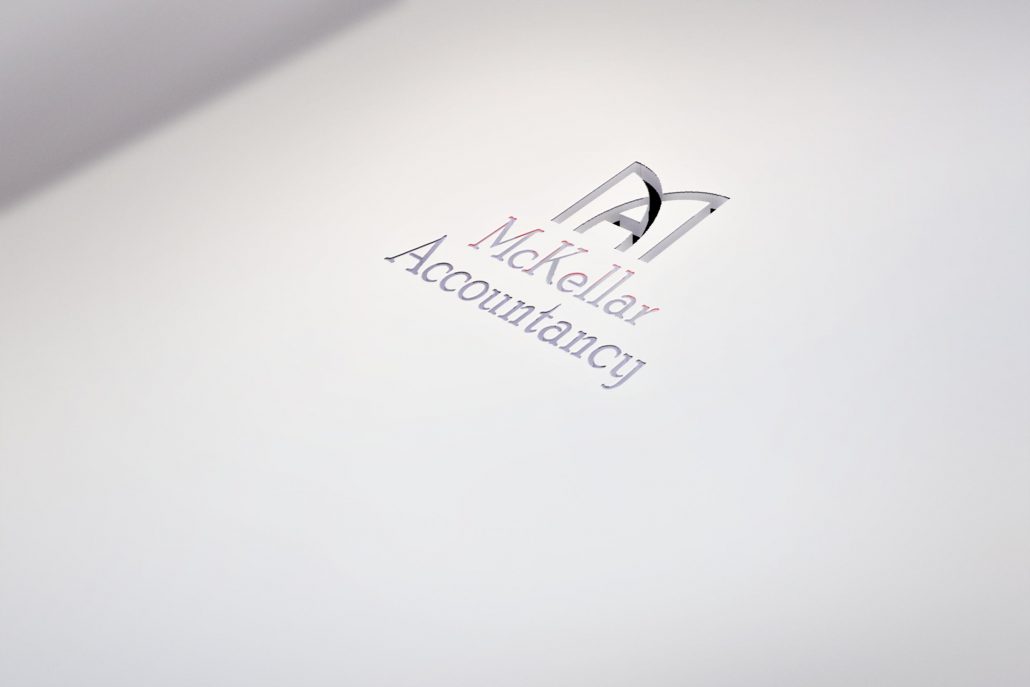[av_image src=’https://www.mckellaraccountancy.com/wp-content/uploads/2017/02/Cutout-Logo-Mock-Up-dgdgdg-infin-1500×430.jpg’ attachment=’394′ attachment_size=’featured’ align=’center’ styling=” hover=” link=” target=” caption=” font_size=” appearance=” overlay_opacity=’0.4′ overlay_color=’#000000′ overlay_text_color=’#ffffff’ animation=’no-animation’][/av_image]
[av_heading tag=’h3′ padding=’10’ heading=’McKellar Accountancy January eNews’ color=” style=” custom_font=” size=” subheading_active=” subheading_size=’15’ custom_class=”][/av_heading]
[av_textblock size=” font_color=” color=”]
In this month’s Enews we consider pertinent announcements from the Scottish Budget including changes to income tax and Land and Buildings Transaction Tax. Meanwhile, the Pensions Regulator is advising employers to get ready for increased pension contributions. With a reminder to employees to claim tax relief on their expenses and the latest list of deliberate tax defaulters, there are lots of issues to update you on.
Article Index
- Scottish Budget 2018 income tax changes
- Scottish Budget 2018 property tax changes
- HMRC reminder to employees to claim their tax deductible expenses
- Pension contribution increases ahead
- HMRC publish details of deliberate tax defaulters
- Self assessment deadline approaching
Scottish Budget 2018 income tax changes
Finance Secretary Derek Mackay delivered the 2019/20 Scottish Draft Budget on Wednesday 12 December 2018 setting out the Scottish government’s financial and tax plans. The announcement had been timed to take place after Chancellor of the Exchequer Philip Hammond delivered the UK Budget on 29 October 2018. The Finance Secretary announced changes to Scottish income tax. Contact us for advice on how the Scottish Budget impacts you.
Scottish Income tax
The government has devolved powers to set the rates and bands of income tax (other than those for savings and dividend income) which apply to Scottish resident taxpayers. The Scottish Budget announced the following income tax rates and bands for 2019/20. These will be considered by the Scottish Parliament, and an agreed Scottish Rate Resolution will set the final Scottish Income tax rates and bands for 2019/20.
The current rates and bands for 2018/19 and the proposed rates and bands for 2019/20 on non-savings and non-dividend income are as follows:
| Scottish Bands 2018/19 | Scottish Bands 2019/20 | Band Name | Scottish Rates |
| Over £11,850* – £13,850 | Over £12,500* – £14,549 | Starter | 19% |
| Over £13,850 – £24,000 | Over £14,549 – £24,944 | Scottish Basic | 20% |
| Over £24,000 – £43,430 | Over £24,944 – £43,430 | Intermediate | 21% |
| Over £43,430 – 150,000** | Over £43,430 – 150,000** | Higher | 41% |
| Over £150,000** | Over £150,000** | Top | 46% |
* assuming the individual is entitled to a full UK personal allowance
** the personal allowance will be reduced if an individual’s adjusted net income is above £100,000. The allowance is reduced by £1 for every £2 of income over £100,000.
The personal allowance is currently £11,850 for 2018/19. The personal allowance for 2019/20 will be £12,500.
The UK higher rate tax point for 2019/20 is set at £50,000 (for those entitled to the full UK personal allowance) and the tax rates for non-savings and non-dividend income have been maintained at 20%, 40% and 45% respectively. The additional rate of 45% is payable on income over £150,000.
For 2019/20 Scottish taxpayers with employment income of approximately £27,000 will pay the same amount of income tax as those with similar income in the rest of the UK. For higher earners, with pay of £150,000, a Scottish taxpayer will pay approximately an extra £2,670 of income tax than those on similar income in the rest of the UK.
Internet link: GOV.SCOT budget
Scottish Budget 2018 property tax changes
In the 2019/20 Scottish Draft Budget, Derek Mackay announced changes to Scottish Land and Buildings Transaction Tax (LBTT) which are considered below.
The government’s stated policy priority for residential Land and Buildings Transaction Tax (LBTT) remains to help first-time buyers and to assist people as they progress through the property market. Since its introduction, this policy has ensured that over 80% of taxpayers benefit from LBTT by paying either no tax or less tax than in England. The current rates and bands are as follows:
| Residential property | Rate |
| 0 – £145,000 | 0% |
| £145,001 – £250,000 | 2% |
| £250,001 – £325,000 | 5% |
| £325,001 – £750,000 | 10% |
| £750,001 and over | 12% |
The rates apply to the portion of the total value which falls within each band.
First-time buyer relief
A relief applies for first-time buyers of properties up to £175,000. The relief raises the zero tax threshold for first-time buyers from £145,000 to £175,000. First-time buyers purchasing a property above £175,000 also benefit from the relief on the portion of the price below the threshold.
Higher rates for additional residential properties
Higher rates of LBTT are charged on purchases of certain residential properties, such as buy to let properties and second homes. Although these are the main targets of the higher rates, some other purchasers may have to pay the higher rates.
The Additional Dwelling Supplement (ADS) potentially applies if, at the end of the day of the purchase transaction, the individual owns two or more residential properties and is not replacing their main residence. Care is needed if an individual already owns, or partly owns, a property and transacts to purchase another property without having disposed of the first property. An 18 month rule helps to remove some transactions from the additional rates (or allows a refund).
The Government announced an increase in the ADS from 3% to 4% from 25 January 2019, but this increase will not apply if the contract for a transaction was entered into prior to 12 December 2018. Existing arrangements allowing for the supplement to be reclaimed will continue.
Changes for non-residential rates and bands
The Government will reduce the lower rate of non-residential LBTT from 3% to 1%, increase the upper rate from 4.5% to 5% and reduce the starting threshold of the upper rate from £350,000 to £250,000. These changes come into force from 25 January 2019, but will not apply if the contract for a transaction was entered into prior to 12 December 2018.
The revised rates and band for non-residential LBTT transactions are as follows:
Non-residential transactions
| Purchase price | Rate | Non-residential leases
Net present value of rent payable |
Rate |
| Up to £150,000 | 0% | Up to £150,000 | 0% |
| £150,001 to £250,000 | 1% | Over £150,000 | 1% |
| Over £250,000 | 5% |
Contact us for advice on how the Scottish Budget impacts you.
Internet link: GOV.SCOT budget
HMRC reminder to employees to claim their tax deductible expenses
HMRC is reminding employees that they may be able to claim a tax rebate on their work related expenses. HMRC estimate that millions of employees, particularly those working in the service industry, could be entitled to a tax refund. Workers, including nurses, hairdressers, construction workers and those working in retail and food sectors, may be able to claim tax rebates.
Individuals in these types of roles sometimes have to pay for work-related expenses including car mileage, replacing or repairing small tools, or maintaining branded uniforms.
Where these types of expenses are incurred, employees may be entitled to claim a tax refund. HMRC is advising individuals to go directly to GOV.UK to check if they can claim extra cash back. HMRC advise taxpayers to log in to their Personal Tax Account to claim their tax relief online and that approved claims should be refunded within three weeks.
Financial Secretary to the Treasury, Mel Stride MP, said:
‘We know what a difference tax relief can make to hard-working customers, especially at this time of year. HMRC is keen to make sure customers get all the relief they’re entitled to, by using the online service.
Tax relief isn’t available for all employment expenses, so the online Check If You Can Claim tool is very helpful – then if your claim is approved, your full tax relief will be paid directly into your bank account.
The majority of claims are for repairing or replacing tools and branded uniforms, professional subscriptions and mileage. Healthcare workers, people working in food and retail, and those in the construction industry are among the top professions to claim from HMRC.
HMRC is advising that taxpayers may be able to claim tax relief on the cost of:
- repairing or replacing small tools needed to do their job (for example, scissors or an electric drill)
- cleaning, repairing or replacing specialist clothing (for example, a branded uniform or safety boots)
- business mileage (not commuting)
- travel and overnight expenses
- professional fees and subscriptions.
Contact us if you would like help claiming tax relief on your expenses.
Internet link: GOV.UK news
Pension contribution increases ahead
The Pensions Regulator (TPR) is reminding employers that from 6 April 2019, the amount that will need to be paid into a workplace pension will increase to an overall minimum of 8%, with employers contributing at least 3% of this total amount.
TPR is now starting to write to all employers to remind them of their duties. TRP website provides further information on the increases and a link to a letter template advising employees of the increase.
TPR is advising employers that they should also check with their payroll software provider and pension provider to ensure plans are in place ahead of 6 April 2019.
Please contact us if you would like help with your payroll or pensions auto enrolment compliance.
Internet link: TPR increase
HMRC publish details of deliberate tax defaulters
HMRC have updated the list of deliberate tax defaulters. The list contains details of taxpayers who have received penalties either for:
- deliberate errors in their tax returns
- deliberately failing to comply with their tax obligations
HMRC may publish information about a deliberate tax defaulter where an investigation has been carried out and the taxpayer has been charged one or more penalties for deliberate defaults and the penalties involve tax of more than £25,000. Details are only published once the penalties are final.
Internet link: GOV.UK publications
Self assessment deadline approaching
The deadline for submitting your 2017/18 self assessment return is 31 January 2019. The deadline applies to taxpayers who need to complete a tax return and make direct payments to HMRC in respect of their income tax, Classes 2 and 4 National Insurance Contributions (NIC), capital gains tax and High Income Child Benefit Charge liabilities.
There is a penalty of £100 if a taxpayer’s return is not submitted on time, even if there is no tax due or the return shows that they are due a tax refund.
The balance of any outstanding income tax, Classes 2 and 4 NIC, capital gains tax and High Income Child Benefit Charge for the year ended 5th April 2018 is also due for payment by 31 January 2019. Where the payment is made late interest will be charged.
The first payment on account for 2018/19 in respect of income tax and any Class 4 NIC or High Income Child Benefit Charge is also due for payment by 31st January 2019.
HMRC revealed that more than 2,600 taxpayers filed their return on Christmas Day. If you would like help with your return or agreeing your tax liability please contact us.
Internet links: GOV.UK self assessment GOV.UK press release
[/av_textblock]
[av_social_share title=’Share this entry’ style=” buttons=” share_facebook=” share_twitter=” share_pinterest=” share_gplus=” share_reddit=” share_linkedin=” share_tumblr=” share_vk=” share_mail=”][/av_social_share]







